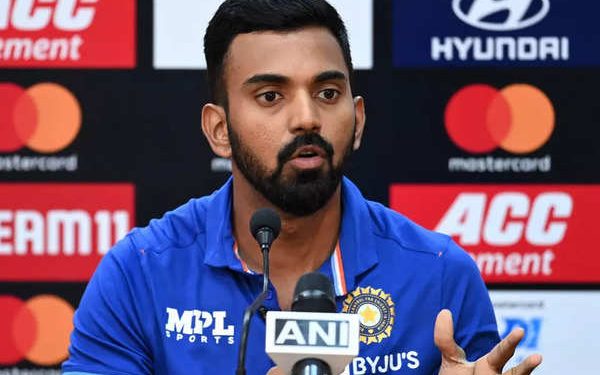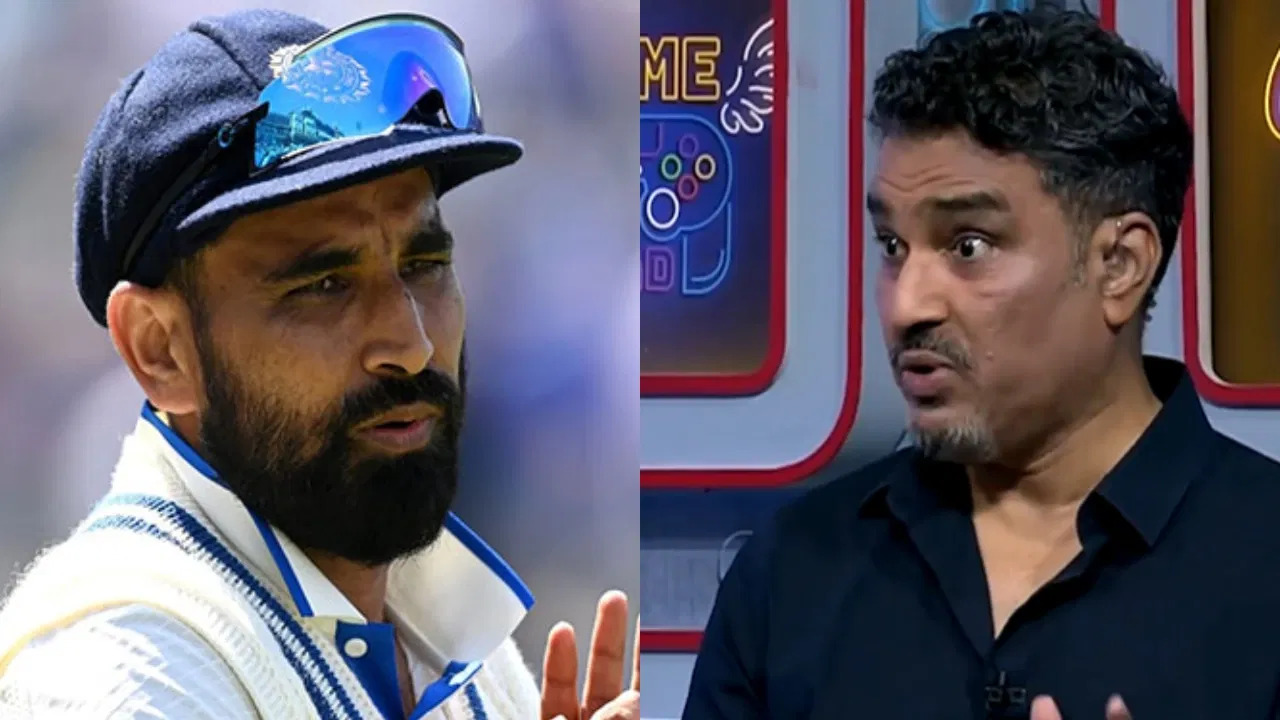Cricket matches can be heard in a different way in stadiums that are empty or nearly empty. If you pay close attention, the sound of the bat hitting the ball without the crowd’s clamour can be a reliable sign of the calibre of the batter, the recent shot they made, or possibly both.
The broadcasting equipment performed a good job of transmitting a loud crack in the 35th over of India batting against Pakistan in the Asia Cup Super Four match. In order to play a Shadab Khan delivery, KL Rahul slid out of his crease. He didn’t quite make it to the pitch of the ball, but he used his reach to wrist the ball out of his line of sight and beyond the mid-wicket fence.
The India team management will have rejoiced at that stroke and at Rahul’s sixth ODI century, which validated their patience with their original middle-order fulcrum.
The 31-year-old’s final competitive game of cricket occurred on May 1. Even though he wasn’t supposed to play in this game, he had to quickly get ready after fellow injury returnee Shreyas Iyer withdrew due to a back ailment. In a crucial match, could India truly rely on Rahul to get into his groove right away and do so with the kind of rhythm needed for middle-order batting in ODIs?
Monday provided proof of why India was willing to engage in the risky waiting game to the eleventh hour with Rahul. They had spent a significant amount of the analysis of their previous World Cup performance regretting not supporting a middle-order batter long enough, so they were reluctant to err on the side of caution this time.
And that makes sense. Rahul has been India finest middle player in this format after assuming this new position in January 2020. The next best score (Iyer’s 797 runs) is far behind his 1035 runs from 21 innings at an average of 64.68 and a strike rate of 97.91, featuring three hundreds and seven fifties. Rassie van der Dussen and Sanju Samson, who have both appeared in just 10 games, are the only two batters in this time period to have higher batting averages.
Beyond the numbers, the current 50-over game can present a variety of challenges when batting at positions four and five. You might be expected to keep the pace after a strong start or you might have to establish it yourself after stabilising an early slump. When you get there, you might have to face spinners, fast bowlers with their tails up, or both at once.
On Sunday, Rahul came in with a strong start and a double strike before the intermission. Babar Azam retained a quick bowler on the pitch in an effort to create favourable conditions for a top-order wobble a la Pallekele. Rahul, though, managed to avoid getting trapped in his first game back, opening his bat with two powerful pull smashes in front of square, one off each of Shaheen Afridi and Haris Rauf.
Rauf’s injury had made Pakistan even more vulnerable through the middle overs when he returned today, so Babar had to add fill-in spin to cover the overs. With a six and a four, Rahul defeated Iftikhar Ahmed in a flash. He welcomed Shadab Khan into the assault with a sweep behind square for four and then executed the aforementioned six moves after that.
Despite numerous incursions up and down in previous formats, Rahul’s success in the middle-order in this format was easy to understand. In addition to managing oneself well against quick bowlers, he also plays fast bowling well. Although he plays traditional strokes, his range is broad. By guarding boundaries down the ground, teams attempt to neutralise the more conventional batters. It becomes essential to enter spaces behind the square, like Rahul did for 49 runs off of 111.
Over the course of the day, other milestones were attained, not the least of which was a productive period of wicketkeeping in the second innings. On what was certainly a humid evening in Colombo, the 31-year-old batted in a sizable partnership with Virat Kohli, which always required running a lot of runs between the wickets.
The batsman held up well to the challenge and had energy to spare for the death overs. On either side of the 40th over, there was a little quiet before the bounds resumed flowing. He remained well planted in his crease to smash a full Shaheen delivery over extra cover for four, and the next ball, he crossed over to his off-stump to sweep a near-yorker beyond short fine-leg for another four.
Rahul himself had waited anxiously for the journey to this point. There were two steps forward and one step back. After the thigh operation, he finished therapy only to experience a setback near the end. That indicated that an asterisk would appear next to his name on the roster for the Asia Cup and perhaps the World Cup that followed. He wasn’t available for the Asia Cup games’ opening round and wasn’t supposed to play the game he ultimately played. When he appeared to be getting a little going on Sunday, he was informed that he would have to start over completely the next day due to rain.
But today there was no false start. When his companion would normally bound over the ropes to the field of play, he took his time. He was given the lead and had the honour of hearing the cheers from the partially full stands when the same duo returned at the end of the innings, which was fitting.














 Win Projections to be updated soon
Win Projections to be updated soon


















